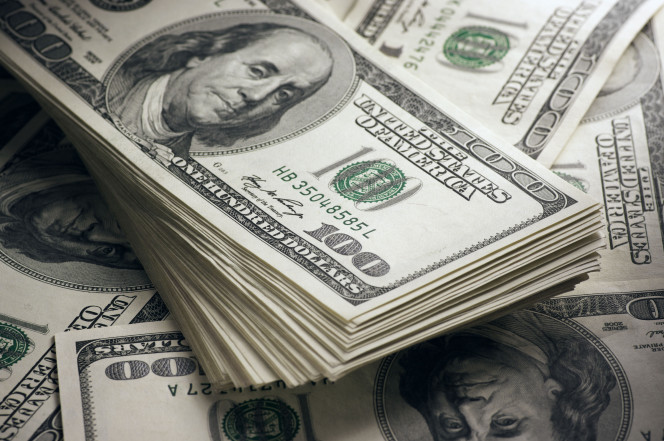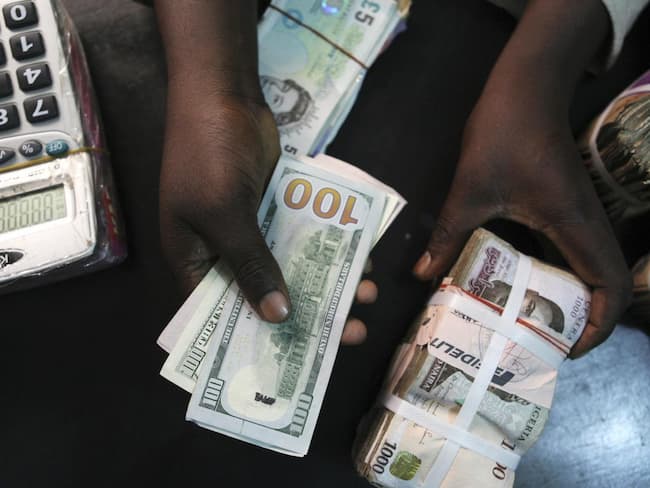The dollar edged higher against a basket of major peers on Monday, iii as data showing slower U.S. jobs growth did little to dent expectations for further Federal Reserve interest rate increases this year.
The dollar’s index against a basket of six major currencies rose 0.1 percent to 92.051, up from its Jan. 2 low of 91.751, which was its weakest level since Sept. 20.
U.S. nonfarm payrolls increased by 148,000 jobs last month, after a surge of 252,000 in November, according to data on Friday. Economists polled by Reuters had expected a December rise of 190,000.
Initially, the dollar slipped after the payrolls figures, but later regained some composure.
“The recent trend of dollar-selling is taking a bit of a pause,” said Satoshi Okagawa, senior global markets analyst for Sumitomo Mitsui Banking Corporation in Singapore, adding that the dollar drew some support after U.S. Treasury yields nudged higher on Friday.
The U.S. currency had begun 2018 on the defensive, after the dollar index fell about 9.9 percent in 2017, its weakest performance since 2003.
A synchronised global recovery has prompted other countries’ central banks to start moving towards tighter monetary policy in recent months, helping bolster their currencies.
After the U.S. jobs data, traders of U.S. short-term interest rate futures continued to bet the Fed would raise interest rates two times this year, including a probable increase in March.
Comments by some Fed officials on Friday and over the weekend suggested the U.S. central bank remained on track to raise interest rates in 2018.
Federal Reserve Bank of Cleveland President Loretta Mester told Reuters in an interview on Friday she expected roughly four interest rate hikes this year, as U.S. economic growth picks up and unemployment remains low.
Against the yen, the dollar firmed about 0.1 percent to 113.20 yen, having traded in a range of roughly 112.00 yen to 113.75 yen over the past month.
The euro held steady at $1.2027. Having started the year on a firm footing, the common currency rose to $1.2089 on Thursday, nearing a 2-1/2 year peak of $1.2092 set in early September.
Speculators trading currency futures increased their net long positions in the euro to a record high of 127,868 contracts in the week ended Jan. 2, data from the U.S. Commodity Futures Trading Commission showed.
The Canadian dollar last traded at C$1.2400 per U.S. dollar, up 0.1 percent from late U.S. trade on Friday.
The so-called loonie had jumped to a three-month high of C$1.2355 on Friday after jobs data that blew past expectations boosted market expectations for Canada’s central bank to raise interest rates in January, Reuters reports.














